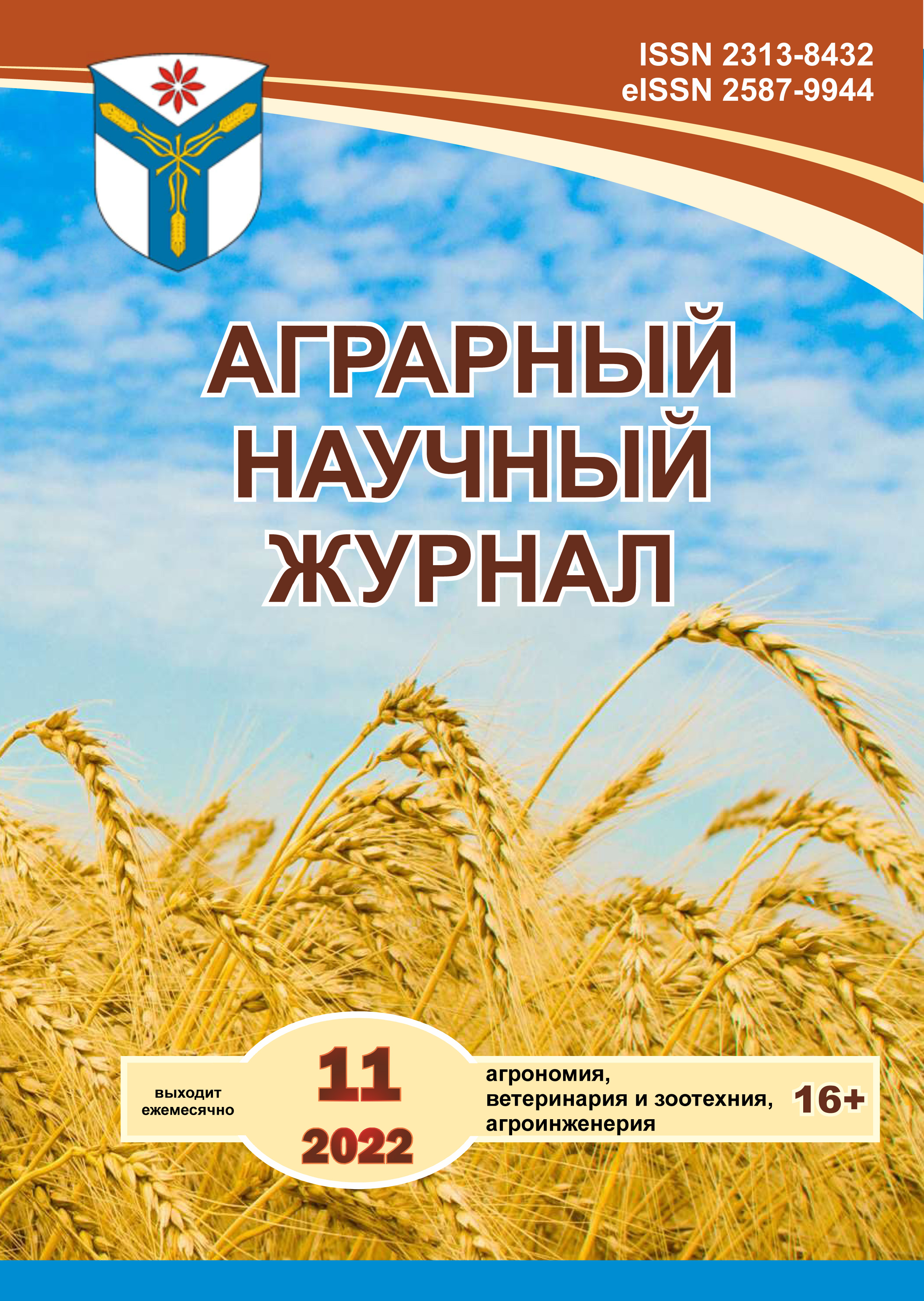Toxicological characteristics of the injectable form of copper nanopowder
DOI:
https://doi.org/10.28983/asj.y2022i11pp71-73Keywords:
nanopowder, copper, rats, injection, blood, nanotechnologyAbstract
The toxicological characteristics of the injection form of copper nanopowder are presented. The studied compound was administered in carts of 500 mg /kg (group 2 animals), 1000 mg/kg (group 3 animals), 2000 mg/kg (group 4 animals), 3000 mg/kg (group 5 animals) and 5000 mg/kg (group 6 animals). Animals of the control group (group 1) were injected with an appropriate amount of solvent (propylene glycol). The volume of the injected compound did not exceed 5 ml. It was found that after administration of the studied compound at doses of 500 and 1000 mg/kg, there were no clinical manifestations of intoxication in white rats. With an increase in doses up to 2000 – 5000 mg / kg of body weight, anxiety, difficulty breathing, and tremor were observed. However, according to the results of the experiment, we did not establish a lethal dose of the drug. When studying the chronic toxicity of the drug, negative changes in animal behavior were observed for 14 days. During the whole time of the experiment, for some time there were not coordinated and coordinated movements. There was no paralysis. The mucous membranes were pink in color without pathological changes. Throughout the entire time of the research, the animals reacted to external (sound) stimuli. A decrease or lack of appetite was observed an hour after administration of the drug and lasted for 6 days, then returned to normal. Thus, the studied compound can be attributed to hazard class IV and to the group of low-toxic substances in accordance with GOST 12.1.007-76.
Downloads
References
Аляутдин Р. Н., Романов Б. К. Рекомендации по оценке безопасности лекарственных средств, содержащих наночастицы // Безопасность и риск фаркотерапии. 2015. № 5. С. 10–21.
Богославская О. А., Сизова Е. А., Полякова В. С. Изучение безопасности введения наночастиц меди с различными физико-химическими характеристиками в организм животных // Вестинк Оренбургского государственного университета. 2009. № 2. С. 124–127.
Денисова О. Ф. Исследование биологической активности медного хелата при экспериментальной постгеморрагической анемии белых крыс // Ульяновский медико-биологический журнал. 2015. № 4. С. 118–122.
Зирук И. В., Салаутин В. В., Чечеткина Е. О. Гематологические показатели подсвинков при добавлении в рацион комплекса микроэлементов // Российский ветеринарный журнал. Сельскохозяйственные животные. 2012. № 2. С. 8–10.
Кабешев Б. О., Бонцевич Д. Н., Мордак С. М. Нанотехнологии и их возможности // Проблемы здоровья и экологии. 2009. № 3. С. 145–149.
Коваленок Ю. К. Влияние хелатов кобальта, цинка, меди и железа на организм лабораторных животных и крупного рогатого скота // Известия Тимирязевской сельскохозяйственной академии. 2011. Вып.1. С.139–149.
Copper IOM :Dietary reference intakes for vitamin A vitamin K, arsenic, boron, chromium, copper, iodine, iron, manganese, molybdenum, nickel, silicon, vanadium, and zinc. Washington, DC: The National Academies Press: 2001. Р. 224–257.
Downloads
Published
Issue
Section
License
Copyright (c) 2022 The Agrarian Scientific Journal

This work is licensed under a Creative Commons Attribution-NonCommercial-NoDerivatives 4.0 International License.








